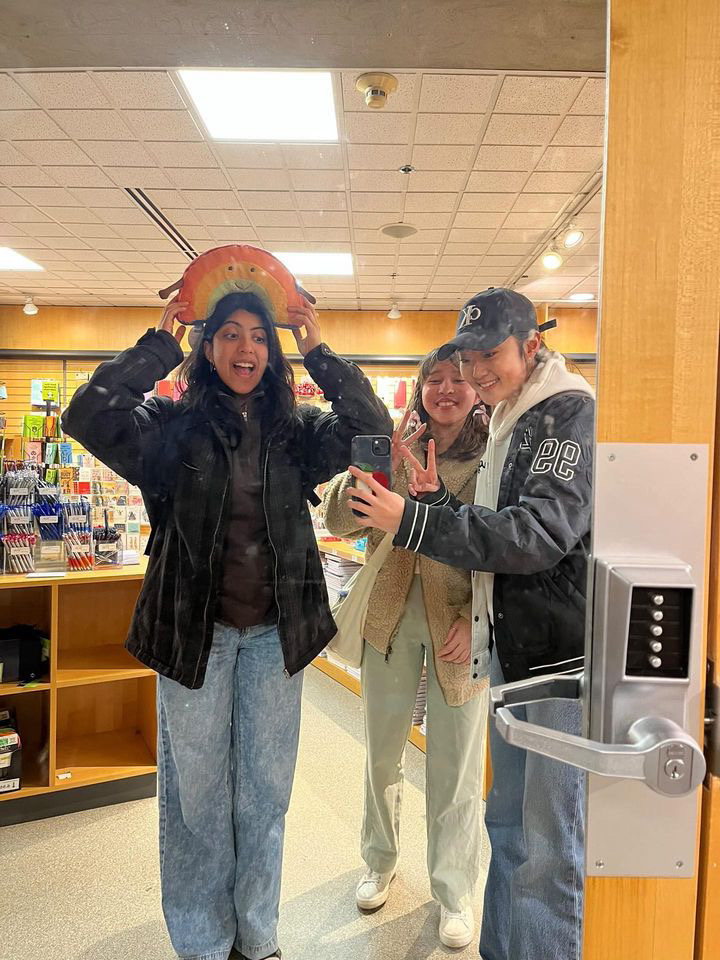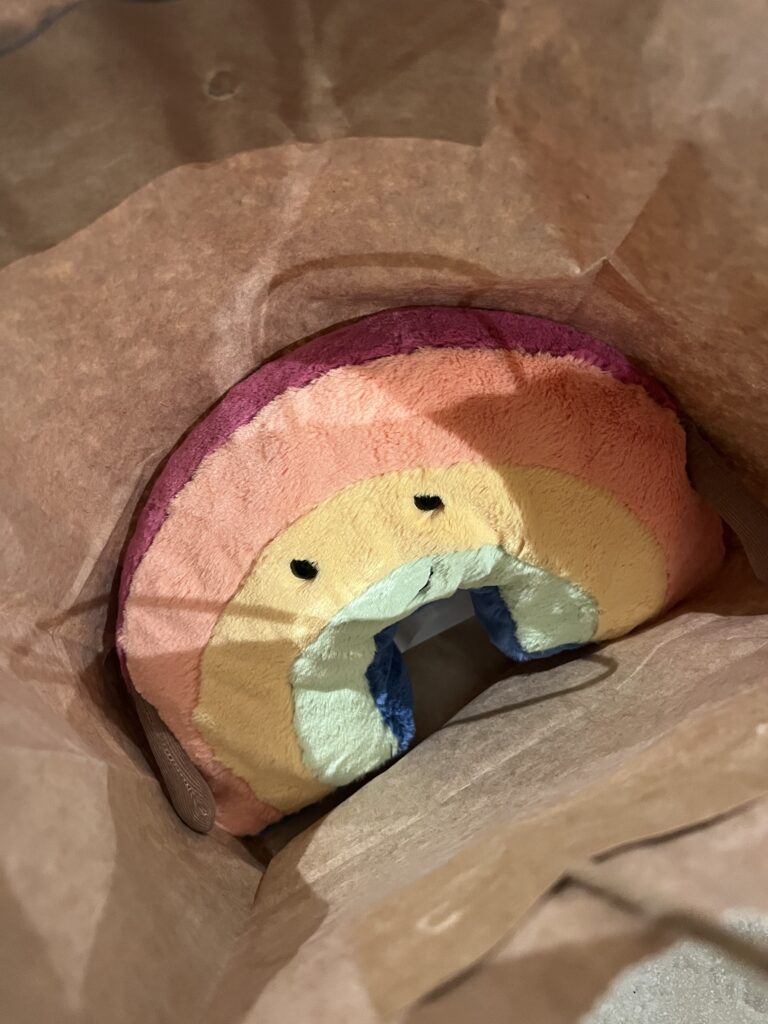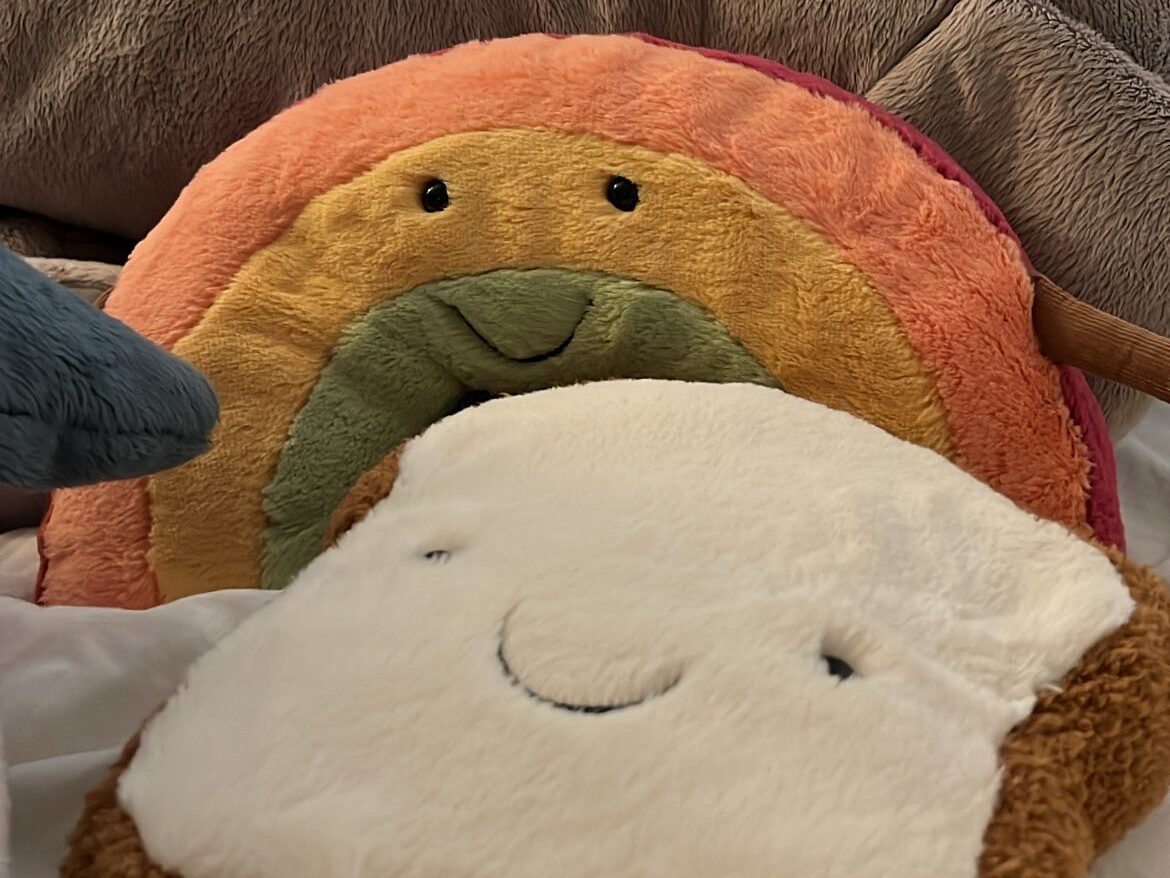A short essay on the rise of ChatGPT and its influence on education.
ChatGPT is a revolutionary technology that has gained attention in recent years for its ability to generate coherent text responses through natural language processing. This AI language model has been programmed to respond to a variety of prompts with seemingly human-like responses, and its potential applications range from chatbots to virtual assistants. However, with its advanced capabilities, ChatGPT has also raised concerns about its impact on academic integrity. Some individuals worry that students may use ChatGPT to produce essays or other academic works, thereby undermining the validity of their assessments. Furthermore, there is controversy surrounding ChatGPT’s ability to generate biased or inaccurate information, which could have far-reaching consequences. As such, this essay will examine the potential effects of ChatGPT on academic integrity, as well as the ongoing debates surrounding its use (OpenAI, 2023).
Spoken straight out of the computer’s mouth, the introduction to this essay was produced not by an undergraduate student slaving away at their laptop, but rather by ChatGPT, an artificial intelligence that – by prime example in the introduction to this essay – has the power to uproot the Internet. Written with the following prompt, it was only a matter of seconds before a fully fleshed-out 150-word essay introduction appeared on the screen.
“Write me a 150-word introduction to an essay about ChatGPT – address what ChatGPT is, its potential effects on academic integrity, and the controversy surrounding it”
In a digital revolution, ChatGPT and its associates are taking the reins and toying with what we once knew about artificial intelligence, offering instruments of image generation, music production, essay writing, and code solving – the list is truly endless. Despite the revolutionary nature of this technology, ethical considerations of these tools in an academic context is a conversation surrounded by fiery debate and controversial opinions. As such, this essay will touch on the pros and cons of AI/ChatGPT for students, as well as re-evaluate academic integrity and honesty in an educational setting.
At the dawn of ChatGPT’s breakthrough, it all seemed too good to be true. As OpenAI even addresses in their introduction of ChatGPT, their technology is imperfect and still full of limitations (OpenAI, 2022). Nonetheless, artificial intelligence capable of creating just about anything with a simple prompt is the work of both dreams and nightmares. It is fast, efficient, intelligent (Hoyos, 2023), and best of all, easy. For students, when the deadline is cutting close and finishing (or just starting) an assignment seems impossible, ChatGPT can, with the click of a button, provide a quick, realistic, and simple solution – whether it be a short paragraph, completed essay, or even just a skeleton of an academic paper. As discussed in a study performed by Tlili et. al (2023), the discourse around implementing ChatGPT in an educational setting is generally positive. This recent qualitative study demonstrated results of “safe and responsible” (Tlili et al., 2023, p.1) integration of ChatGPT in an academic context, encouraging “embracing the technology rather than banning it” (Tlili et al., 2023, p.18). That being said, the concerns with the accuracy of these sorts of chatbots are not to be ignored. As Thorp (2023) states, “ChatGPT is fun, but it is not an author” (p.1). Despite ChatGPT’s extensive access to all of the internet’s knowledge, it still struggles to produce high-quality academic writing (Thorp, 2023) and creates work that may be nonsensical, misleading, incorrect, or containing bias (Hoyos, 2023; OpenAI, 2023). Irigaray & Stocker (2023) also unpack the ways in which the wide-scale set of text data that builds up ChatGPT leaves it susceptible to the “prejudices and stereotypes” (p.1) found in these texts, creating a final product that may be “discriminatory or offensive” (p.1).
At the summit of the mountain of limitations presented by ChatGPT, is its speculated ability to compromise academic honesty, as well as put a damper on students’ creativity. The use of ChatGPT presents an ethically grey area, with the potential to inaugurate the downfall of academic integrity, independent problem-solving, and critical thinking. Being able to simply type a question into ChatGPT and receive a fully developed response will prevent students from developing skills in critical thinking and problem-solving (Irigaray & Stocker, 2023). In addition, students can easily copy or steal answers from the AI and quickly build a dependency on the software (Hoyos, 2023) while raising issues of plagiarism (Irigaray & Stocker, 2023).
With this in mind, students have been finding ways to cheat long before the internet, and certainly long before artificial intelligence. With ChatGPT on the line, students are simply offered a new, innovative method of doing what has always been done.
Artificial intelligence appears boundless even at its early developing stages and is undoubtedly only going to grow in its capabilities and accuracy. Some public schools in Queensland, New York, and Los Angeles have started banning ChatGPT or creating harsh, strict guidelines around it, according to The Guardian and Global News. As they have always been in the education system, loopholes are inevitable. Therefore, what if banning ChatGPT is the incorrect course of action and if instead it were integrated as an educational asset? According to Global News, Canadian Universities are looking for ways to allow this technology in schools without placing a ban, ensuring a way that students are being “fairly and genuinely evaluated on meaningful exercises aimed at maximizing learning” (Mann, 2023). In the ever-growing technology era, working with AI rather than against it may be the only way to stay afloat. How, with ChatGPT joining the conversation, can educational institutions implement it as a resource, while simultaneously re-evaluating academic honesty, all without sacrificing the quality of students’ education? How can critical thinking and problem-solving skills continue to be tested and preserved with the implementation of such an advanced and limitless tool? How can it be regulated?
With ChatGPT in its baby stages and the marginal amounts of research in its department, these questions are being lived in rather than answered. Certainly, ChatGPT as a productivity tool offers clear advantages, being easy to use and incredibly advanced. Yet even with such impressive features, they act only as a silver lining around an otherwise looming dark cloud, potentially jeopardizing students’ education and blurring the lines of academic integrity.
References




















